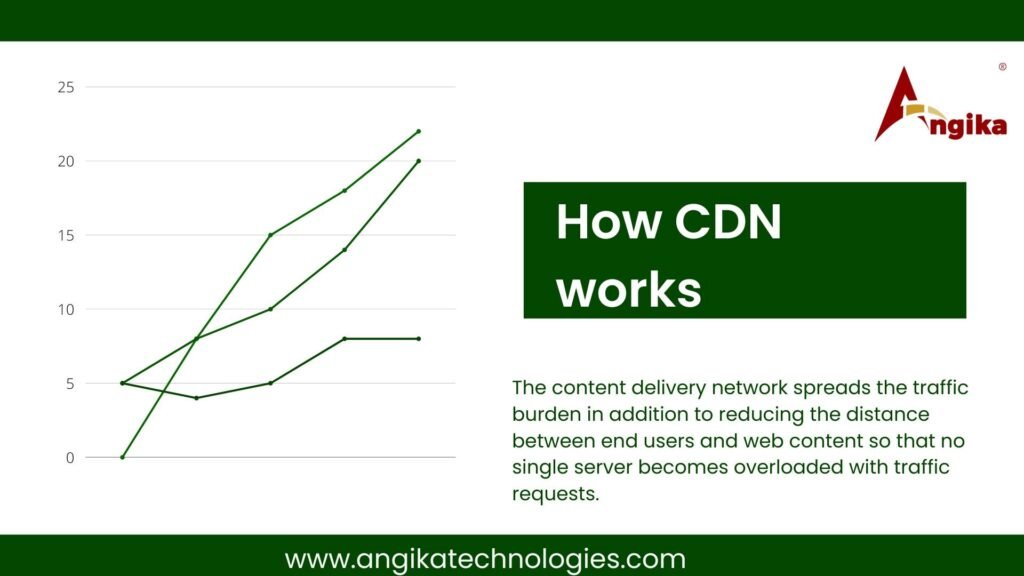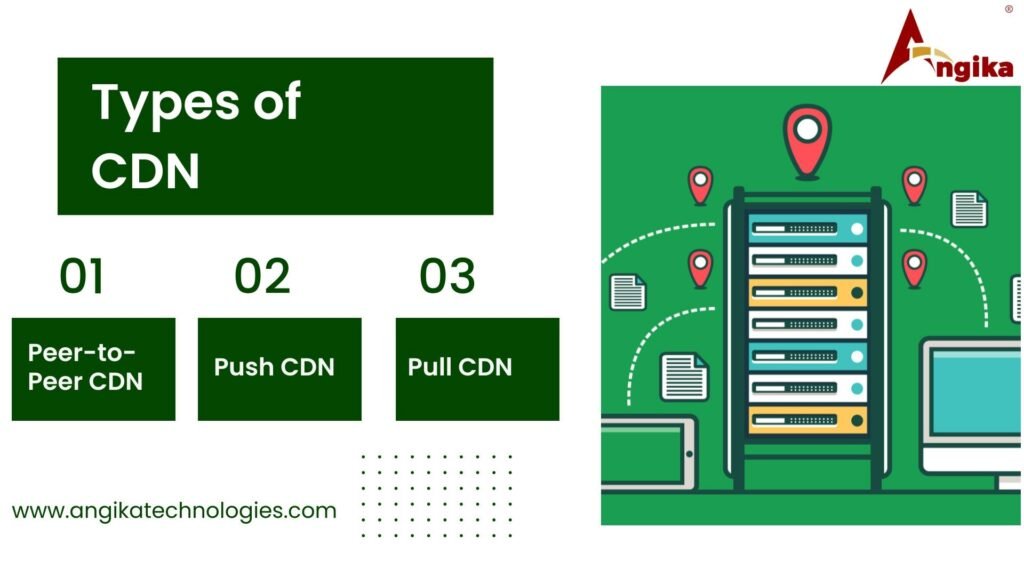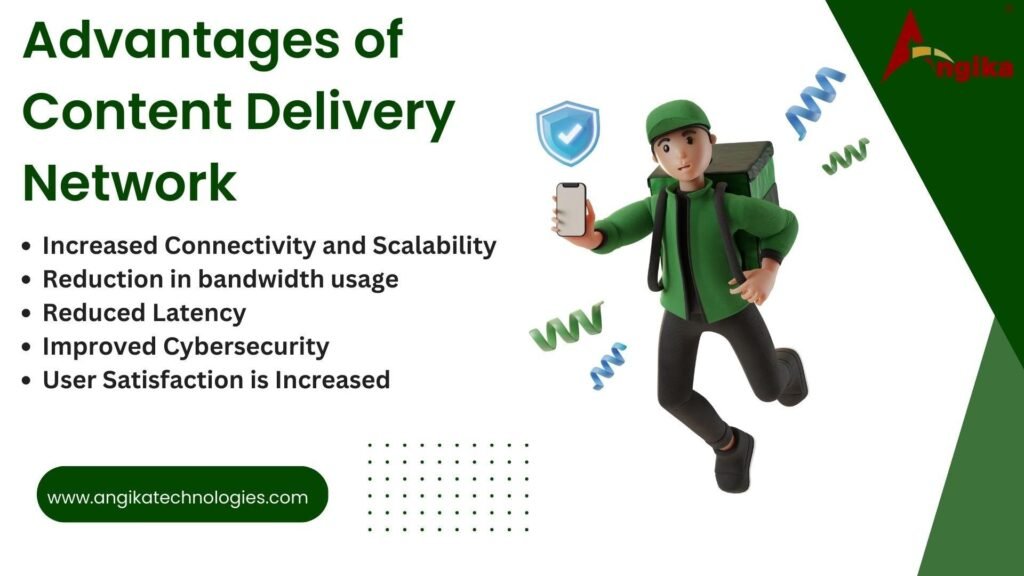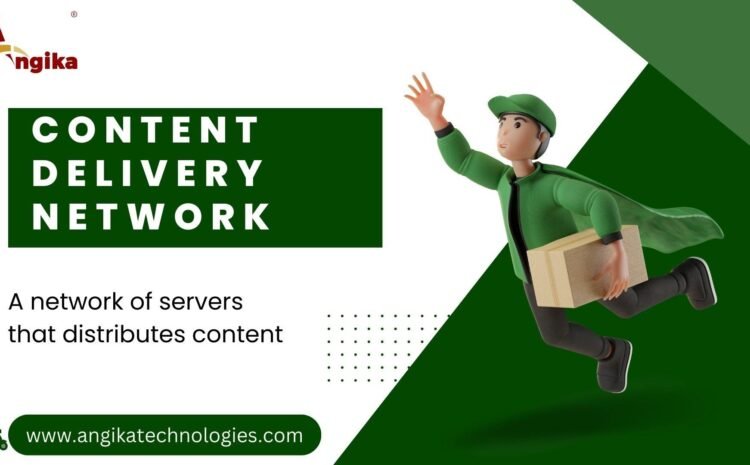What is Content Delivery Network and How Does it Work? What are the types and advantages?
It is only normal for someone who uses a computer, tablet, or smartphone to access the Internet to observe the variations in application and website performance in terms of speed, dependability, and user-friendliness.
Why do some websites consistently crash when countless others operate well under comparable circumstances? Yeah, CDN is the reason why the performance varies.
What does CDN mean then? The term “content delivery network,” or CDN for short, is one of the essential elements in charge of accelerating the delivery of dynamic Internet content around the world.
What is CDN?
A geographically dispersed network of servers and data centers is known as a content delivery network (CDN). The purpose of a CDN is to bring copies of web content closer to the end-users in order to promote improved web performance and high availability.
Since all CDN servers are situated on the “edge network,” they are closer to end users than the host servers from which an application or website originates. For this reason, CDN servers are frequently referred to as “edge servers.”
Just a few examples of the various online content subsets that CDN servers keep or cache from a host server include applications, video, audio, photos, and HTML files. By bringing web information closer to end consumers, the content delivery network enables website publishers to manage bandwidth usage, speed up load times, and deliver improved performance.
Around 50% of all web traffic is being served by content delivery networks. The ratio keeps increasing as more businesses reach out to newer audiences and provide a wider range of content. Businesses often pay content delivery network providers, who run and maintain their server network, for services related to content delivery networks.
How Does CDN Work?

To understand its work, let’s take an example. For instance, your website is hosted on a Russian server. Now, instead of delivering the request from the origin server in Russia, the content delivery network will serve the user from an edge server located in India, which is the location nearest to the end user. This enhances user experience, provides quick content loading, and increases application performance.
The content delivery network also evenly distributes the traffic load so that no single server becomes overloaded with traffic requests, in addition to lowering the distance between end users and web content.
What are the types of CDN?

The kind of content delivery network doesn’t really matter to website visitors. Users care about performance, dependability, and security. However, the type of CDN is crucial for webmasters. Webmasters use the CDN kinds listed below.
Peer-to-peer CDN
Users of BitTorrent are somewhat familiar with the Peer-to-Peer (P2P) protocol, which is used by this CDN technique. In addition to BitTorrent, the P2P approach is popular among NGOs and large businesses like AT&T for the sharing of web material. Caching is not used in P2P content delivery techniques. In this case, the end users are a component of the CDN and download or view live streaming while also simultaneously uploading online content components. Many CDN providers, like Freecast, PPS.tv, and PeerCast, offer free peer-to-peer services due to the lower resource and hardware usage.
Push CDN
Push CDN refers to a sort of content delivery network where origin servers directly transfer web content to CDN servers, either manually or automatically. Unless it is destroyed or purged, content is cached on CDN servers. Push CDN’s basic tenet is that webmasters are in charge of distributing material to CDN servers. When a request is made, the system will provide the content they “push” to website users.
Pull CDN
In Pull CDN, which is the exact opposite of Push CDN, content delivery networks are in charge of “pulling” web content that is provided to end users after a request is made. Webmasters in the Pull CDN scenario permit the content to stay on the origin servers while rewriting the URLs to point to CDN servers. The CDNs “pull” and deliver online content from origin servers in response to user requests. The web material is then cached on CDN servers until it expires.
Advantages of Content Delivery Network

To provide superior service to their end users, content-intensive enterprise websites, live-streaming media services, cloud application developers, gaming businesses, and e-commerce websites all rely on content delivery networks. Many of a content delivery network’s main advantages are:
Increased Connectivity and Scalability
A content delivery network benefits web publishers by increasing traffic, increasing page views, lowering site abandonment, and fostering better customer interaction in addition to enabling end users with faster load times, which translates into an improved user experience.
Reduction in bandwidth usage
Businesses must pay web hosting companies for any data that is transferred from the origin servers. A content delivery network ensures fewer data transfers from origin servers by storing copies of web content closer to end users. This lowers enterprise expenses and bandwidth usage.
Reduced Latency
Generally, the system transfers data in response to an end-user request. The farther the distance between end users and servers, the longer the delay between a request and a response, or latency. The “network edge” location of CDN servers puts them closer to end users, which lowers latency and improves performance.
Improved Cybersecurity
Automation and data analytics solutions are used by content delivery networks to help detect firewall problems, Man in Middle threats, and DDoS (Distributed Denial of Service) attacks.
User Satisfaction is Increased
The main factors that cause end-users to avoid/abandon particular websites are problems with media playback, sluggish programs, and slow page times. By reducing performance difficulties, a content delivery network increases customer pleasure.











